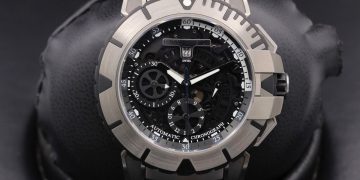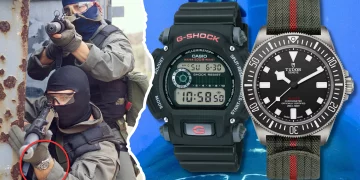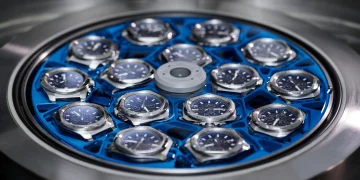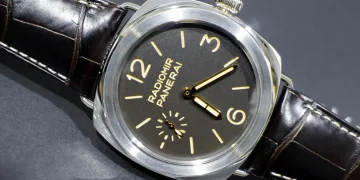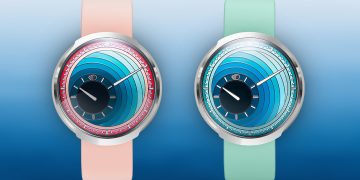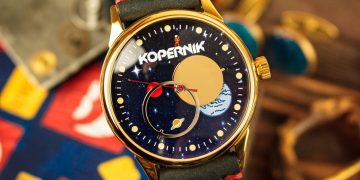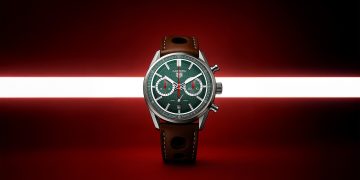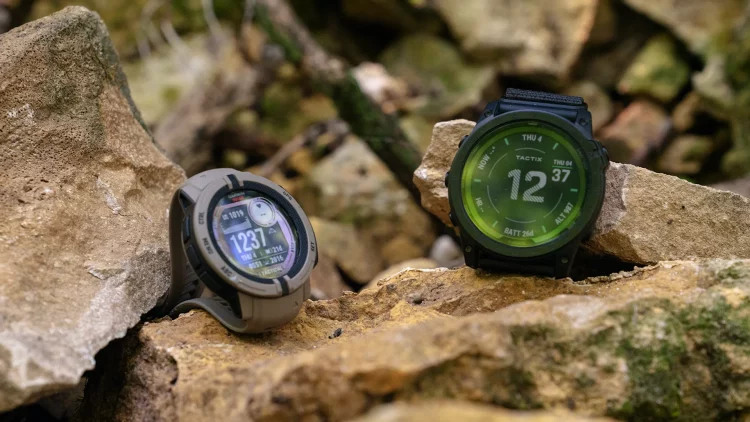Introduction: Understanding the Importance of Proper Garmin Device Maintenance
Garmin products, from GPS devices to smartwatches and fitness trackers, are known for their rugged durability, precision, and high-performance capabilities. However, like any piece of high-tech equipment, proper maintenance is essential to ensure their longevity and optimal functionality.
Whether you’re a professional athlete, an outdoor adventurer, or someone who uses Garmin products for daily fitness tracking, regular care is crucial. Smartwatches, GPS devices, and fitness wearables require different types of attention, from software updates to hardware cleaning and battery management.
This article explores best practices for maintaining Garmin products to ensure their long-lasting performance, including:
- Basic care and maintenance tips for Garmin devices
- Specific maintenance needs for different types of Garmin products (e.g., smartwatches, GPS units, fitness trackers)
- Battery management and charging tips
- Regular software and firmware updates
- Common issues and troubleshooting tips
- When to seek professional repairs
- Storage and usage tips to prolong the life of your Garmin products
By the end of this guide, you’ll be equipped with the knowledge to ensure that your Garmin device remains in top condition, no matter how much wear and tear it endures.
1. Garmin Products: An Overview of Their Range and Uses
a. Garmin Smartwatches and Fitness Trackers
- Garmin’s Forerunner series for runners
- The Fenix series for multisport and outdoor enthusiasts
- Vivoactive and Vivosmart for everyday fitness tracking
- Instinct series for rugged outdoor conditions
- Venu series with advanced health tracking features
b. Garmin GPS Devices
- Outdoor and Hiking GPS Devices like GPSMAP and Montana
- Marine GPS devices like EchoMap and Striker
- Automotive GPS devices and Truck Series
c. Garmin Wearables for Specific Sports and Adventure Activities
- Cycling GPS devices
- Golf rangefinders and devices for golf courses
- Adventure and Hiking Watches
- Swimming devices with swim tracking
Each Garmin product has specific care needs depending on its purpose and technology. Understanding these differences is crucial for knowing what maintenance is required for the optimal performance of your device.
2. Regular Maintenance Practices for Garmin Devices
a. Cleaning Your Garmin Device
Keeping your Garmin device clean is one of the most essential forms of maintenance. Dirt, sweat, moisture, and grime can degrade the device’s appearance and interfere with its functionality, especially when it comes to sensors and GPS accuracy.
- How to clean the screen: Use a soft, lint-free cloth to gently wipe down the screen. Avoid harsh chemicals that could damage the display.
- How to clean the straps: If the watch has a rubber, silicone, or leather strap, it’s important to regularly clean it to prevent odors and bacteria buildup. Use mild soap and water for rubber straps and a specialized cleaner for leather straps.
- How to clean the sensors: Garmin devices often come with a variety of sensors (e.g., heart rate sensors, GPS). These can accumulate dirt and sweat, which may interfere with their accuracy. Clean these areas gently with a soft brush and cloth to maintain proper functionality.
b. How to Protect the Device from Wear and Tear
Garmin devices are built to be rugged, but protection is still important, especially in harsh environments.
- Using a screen protector: Many Garmin smartwatches, especially high-end models like the Fenix and Venu, can be prone to scratches. A screen protector is a simple but effective way to safeguard your device.
- Using a protective case: If you’re an outdoor adventurer, you may consider using a protective case to shield your Garmin device from bumps and scrapes.
c. Avoiding Excessive Exposure to Extreme Conditions
While many Garmin devices are designed to handle tough environments, it’s still essential to avoid extreme conditions whenever possible:
- Avoid high heat: Prolonged exposure to high temperatures can damage the battery and screen of your Garmin device. Try to avoid leaving the device in direct sunlight for long periods.
- Prevent saltwater exposure: If you use your Garmin for swimming, ensure you rinse the device thoroughly with freshwater after exposure to saltwater to prevent corrosion.
- Be mindful of moisture: Garmin devices are generally water-resistant, but consistently exposing them to high moisture levels (like sweat accumulation) without proper cleaning can cause internal damage.

3. Battery Maintenance and Charging Tips for Garmin Devices
Battery life is a crucial aspect of wearable tech, and Garmin’s high-performance devices are no exception. To ensure the longevity of the battery in your Garmin products, here are some critical tips:
a. Charging Your Garmin Device
- Avoid overcharging: While most Garmin devices have built-in protection to prevent overcharging, it’s still best practice to unplug the device once it reaches a full charge. Charging overnight occasionally is generally fine, but charging beyond 100% regularly can strain the battery over time.
- Use the right charger: Always use the charger that came with your Garmin device or a Garmin-approved charger. Generic third-party chargers may not provide the correct voltage or current, potentially causing damage to the battery.
- Avoid using the device while charging: While using your Garmin device during charging might be tempting, it can lead to heat buildup, which can damage the battery.
b. Prolonging Battery Life
- Lower the screen brightness: The screen on your Garmin device is one of the most power-hungry components. Dimming the brightness can help extend battery life.
- **Enable battery-saving modes: Garmin devices often feature battery-saving modes designed to extend usage. These can be useful when you know you’ll be without a charger for extended periods.
- Turn off unused features: For instance, if you don’t need GPS, Bluetooth, or Wi-Fi features while using your Garmin device, turning them off will help conserve battery.
c. Replacing the Battery
As with all tech devices, the battery in your Garmin wearable may lose capacity over time. Fortunately, many Garmin watches and devices offer user-replaceable batteries, particularly in models like the Fenix and Instinct series. If your device’s battery performance significantly diminishes, consider reaching out to Garmin support for a battery replacement.
4. Software and Firmware Updates for Garmin Devices
Garmin devices are highly reliant on software and firmware to ensure optimal functionality, especially in areas like GPS accuracy, sensor calibration, and user interface.
a. Importance of Regular Updates
Garmin frequently releases updates to improve the performance of its devices, fix bugs, and add new features. These updates can be downloaded and installed through the Garmin Connect app or via Garmin Express on a computer.
- Improved performance: Software updates can optimize device performance, including enhancements to GPS accuracy, battery life, and compatibility with other devices.
- Bug fixes: If you’re experiencing issues with your Garmin device, a firmware update could resolve those bugs and glitches.
b. How to Update Garmin Devices
- Using Garmin Connect: For most Garmin smartwatches and fitness trackers, you can update the firmware via the Garmin Connect app. Make sure your device is connected to your phone, then follow the prompts to download and install any available updates.
- Using Garmin Express: For certain devices, especially GPS units and outdoor watches, you’ll need to use Garmin Express to download updates. Simply connect your device to your computer, launch the Garmin Express app, and follow the on-screen instructions to install the updates.
c. Backup and Restore Options
It’s important to regularly back up the data on your Garmin device to avoid losing progress, particularly if you rely on the device for fitness tracking. Garmin Connect automatically syncs your data, but you can also manually back up your activity history and settings before performing any updates.
5. Troubleshooting Common Garmin Issues
While Garmin devices are reliable and robust, like any technology, issues can occasionally arise. Here are a few common problems and solutions:
a. GPS Accuracy Problems
- Solution: Ensure the device has a clear view of the sky and is not obstructed by buildings or dense vegetation. You may also need to update the device’s software for improved GPS calibration.
b. Battery Drain Issues
- Solution: If you notice your device is draining faster than usual, check for unnecessary features that might be consuming battery, such as Bluetooth or Wi-Fi. Additionally, perform a factory reset if the device seems sluggish.
c. Sensor Calibration Problems
- Solution: If you notice incorrect heart rate readings or abnormal step counts, try recalibrating the sensors. You can do this by following the calibration steps in the Garmin Connect app or device settings.
6. When to Seek Professional Maintenance or Repair
Sometimes, despite your best efforts, a Garmin device might need professional attention. If your device suffers from hardware damage, such as a cracked screen, water damage, or other internal malfunctions, it’s time to contact Garmin’s customer support team for guidance on repairs or replacements.
a. Warranty and Repair Services
Garmin offers a limited warranty on most of its products. If your device is still within warranty, repairs may be covered. It’s important to check the terms of your warranty for eligibility.
Conclusion: Ensuring the Longevity of Your Garmin Device
Garmin products are built to last, but like any high-performance tech, they require regular maintenance and care. By following the tips in this article—from keeping your device clean and charged to updating software and troubleshooting issues—you can ensure your Garmin product continues to perform at its best for years to come.
Whether you use your Garmin for fitness tracking, navigation, or outdoor exploration, proper maintenance will help you get the most out of your device and keep it in top shape, no matter the challenges you encounter.



